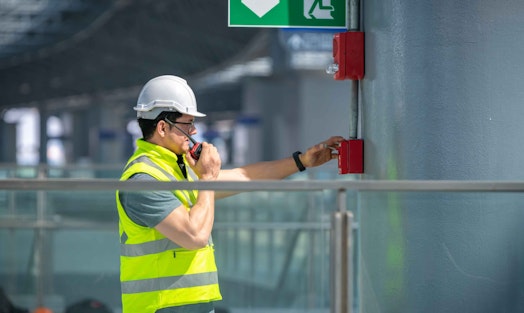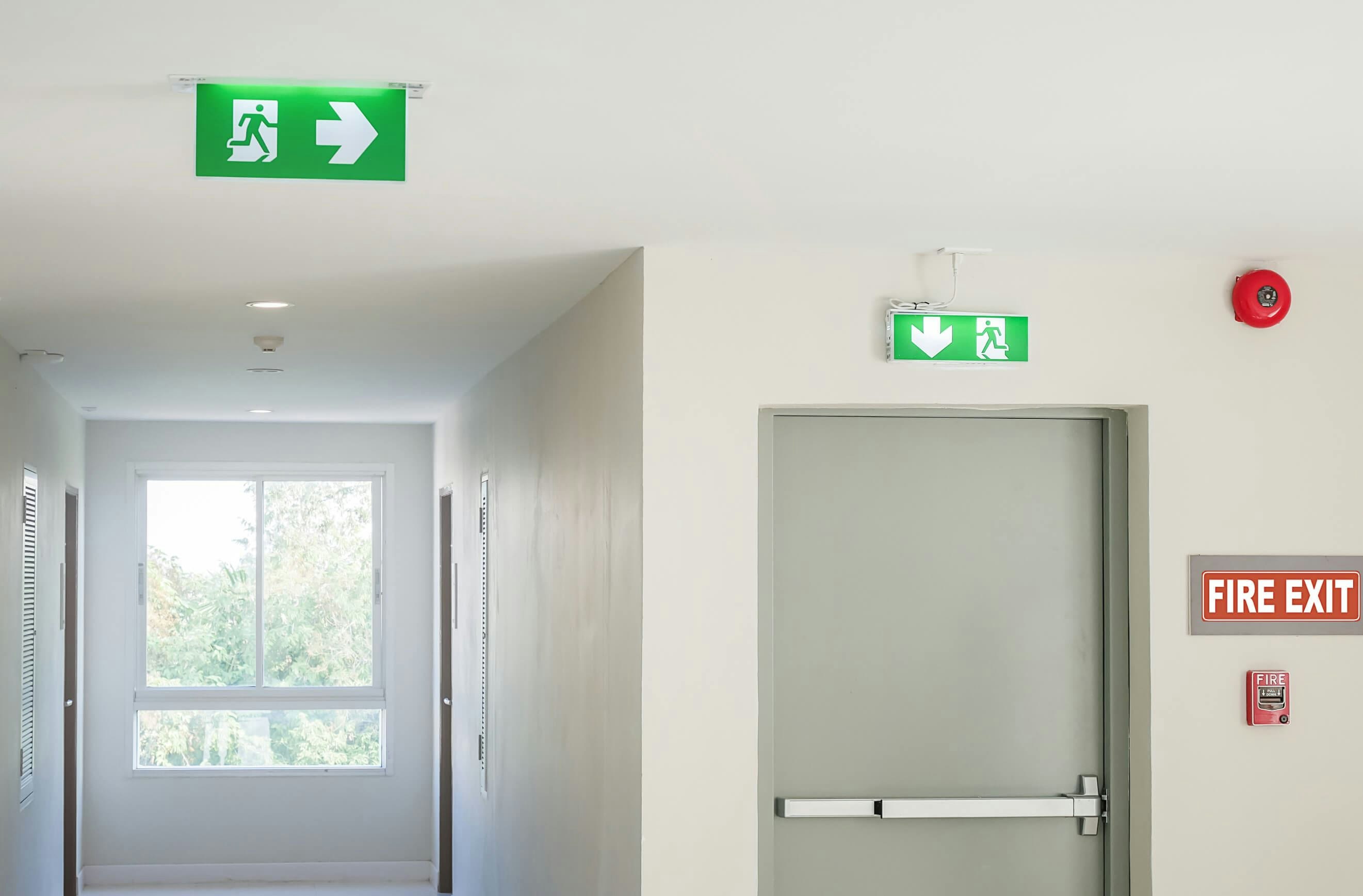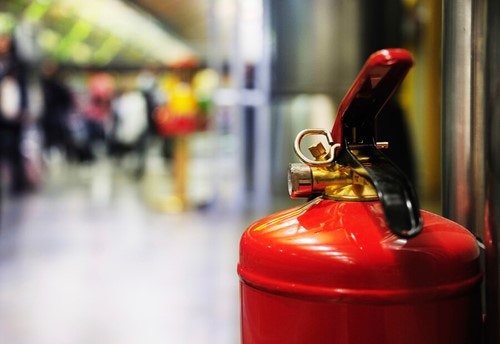The fire doors in Grenfell Tower didn’t work as they should have, according to inquiry findings. Which is why they couldn’t hold the fire off long enough to allow for a safe evacuation.
The fire doors in Grenfell Tower didn’t work as they should have, according to inquiry findings. Which is why they couldn’t hold the fire off long enough to allow for a safe evacuation.
A fire door is the first line of defence. And in Grenfell, the inquiry revealed that the building had failed to meet fire safety regulations. So, that’s why it’s vital to make sure you do – or you could be putting your workers’ lives at risk.
Now is the time to check your fire doors are in good working order. You should carry out a check every six months (or three for busier buildings).
To stay safe and compliant, here’s what you need to check…
1. Certification
Certification is a requirement for fire doors.
So, look out for a certification label or plug. You can usually find this on the top or side of the door. Also, make sure all hinges, latches, and locks on the door have labels too.
If your fire door hasn’t got certification, you should report this to your health & safety manager or your installer.
2. Gaps
The gap between the top of the fire door and the frame should be between 2-4mm.
You can use a pound coin to test this, as they tend to be roughly 3mm in width.
The gap between the bottom of the door and its frame shouldn’t be bigger than 8mm when the door’s closed. If you can see light from under the door, then the gap’s probably too big.
Once you’ve checked the gaps, you’ll need to check your seals.
3. Seals
Seals on a fire door prevent fire and smoke from spreading through gaps.
If there is a fire, the seals will expand and close up gaps around the door. This helps contain the fire long enough to give people time to evacuate.
Some doors require smoke seals. You should have these seals fitted at the top of the door frame and around all sides. Also, make sure these seals don’t have any cracks or gaps that might prevent them from working effectively.
4. Hinges
A fire door should have a minimum of three CE-marked hinges, fixed in securely with screws. So when you open the door, check the screws aren’t missing or damaged.
5. Closing
Make sure your fire door always closes firmly – or it’s no use to anyone if a fire breaks out.
Don’t ever leave a fire door wedged open and check for any obstructions that might be preventing the door from closing.
You can check the door closes properly by opening it and letting it go. It should close onto the latch automatically without needing any force. It also shouldn’t stick to the floor or the frame as it’s closing.
Stay fire safe with Peninsula
Fire safety is a legal requirement.
Failure to meet regulations risks the safety of your workers, your reputation, and your future. So, don’t take the risk. Do the checks – and if you’re not sure about anything, ask the experts.
If you suspect a faulty fire door, it’s important to act fast. So, give us a call on 0800 029 4390 to speak to a health & safety expert today.




